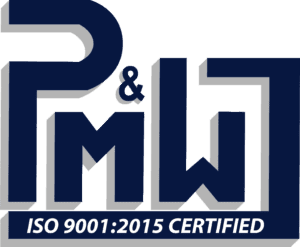Ensuring the reliability and efficiency of armature coils is crucial in the performance of electric motors. IEEE 118 provides guidelines for accurately measuring the resistance of armature coils, a fundamental test that aids in identifying faults and ensuring optimal motor operation. Proper execution of resistance measurements is essential for diagnosing issues, maintaining motor health, and extending equipment lifespan.
Understanding IEEE 118
IEEE Standard 118 outlines the recommended practices for measuring the resistance of armature coils in motors. This standard specifies the procedures, equipment, and conditions necessary to conduct accurate measurements. By following these guidelines, technicians can obtain reliable data that reflects the true condition of the armature coils.
Executing Resistance Measurements
When performing resistance measurements on armature coils, it is essential to adhere to the following steps:
- Preparation: Ensure the motor is de-energized and isolated from the power source before beginning the measurement process.
- Equipment: Use a high-quality ohmmeter capable of providing precise readings to measure the resistance of the armature coils.
- Connections: Establish proper connections between the ohmmeter and the armature coils, ensuring a secure and stable connection for accurate readings.
- Measurement: Take multiple readings at different points on the armature coils to account for variations and ensure consistency.
- Recording: Record the measured resistance values and compare them to the manufacturer’s specifications to determine if the coils are within acceptable limits.
Benefits of Accurate Resistance Measurements
Accurate resistance measurements of armature coils offer several benefits, including:
- Early detection of faults or deteriorating insulation, allowing for timely maintenance and preventing costly breakdowns.
- Verification of coil integrity and performance, ensuring optimal motor efficiency and reliability.
- Identification of potential issues that may lead to overheating or excessive power consumption, thus improving safety and reducing energy waste.
Conclusion
Executing IEEE 118-compliant resistance measurements of armature coils is a critical aspect of motor maintenance and troubleshooting. By following the standard guidelines and best practices, technicians can accurately assess the condition of armature coils, identify potential issues, and ensure the continued performance of electric motors.
For expert motor repair, maintenance, and consultation services, contact The Pump & Motor Works, Inc.



